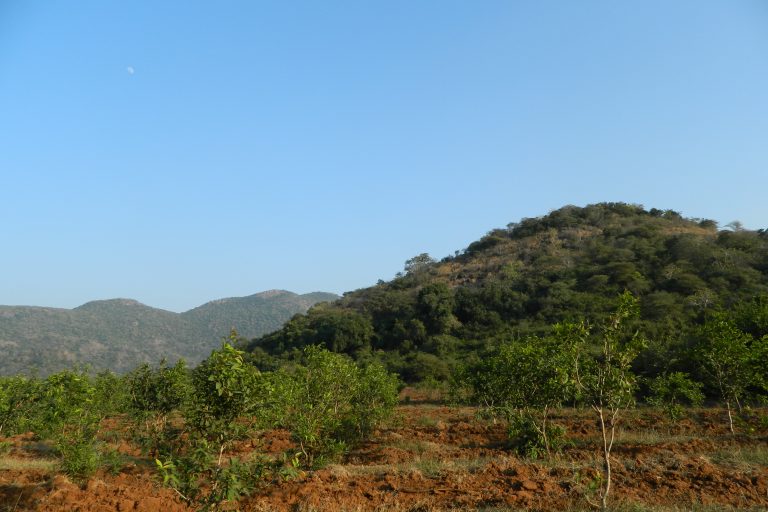
A recent study has revealed alarming findings about the susceptibility of Goa’s forest cover to forest fires. Published in the Journal of Environmental Management in March, the study, conducted by scientists from the ICAR-Central Coastal Agricultural Research Institute (CCARI), indicates that a significant portion of Goa’s forest area is highly vulnerable to wildfires.
According to the research, 44.15% of Goa’s forest cover, which amounts to 1,077.7 square kilometers, is classified as “very highly susceptible” to fires. Additionally, 21.35% (491.58 sq km) is “highly susceptible,” and 15.62% (543 sq km) is moderately susceptible to fires. The study analyzed various factors that contribute to the risk of wildfires, including forest density, distance from human settlements, road proximity, and topographic features such as slope and elevation.
The study found that open and moderately dense forests are particularly at risk. Moreover, proximity to human settlements is a crucial factor—areas further from human habitation were found to have a higher risk of forest fires, with the risk peaking at a distance of 1.1 km from settlements. The findings emphasize that roads cutting through forests increase the likelihood of fires, primarily due to human activities such as roadside cooking and cigarette disposal.
Dr. Bappa Das, one of the researchers involved in the study, explained that the period between November 2022 and March 2023 saw a significant lack of rainfall, which contributed to the high incidence of forest fires. Dry trees shedding their leaves led to an increase in land surface temperature and a decrease in the topographic wetness index, both of which made the forest more prone to fires.
The study also highlighted the influence of geography and climate on forest fire susceptibility. South- and west-facing slopes, which receive more sunlight, are more vulnerable to fires, while forests at higher elevations or on steeper slopes are less likely to catch fire.
The researchers emphasized the importance of the Western Ghats, the mountain range that spans Goa, Karnataka, and Maharashtra, in maintaining the region’s hydrological balance. The forests in this area are vital for the conservation of fresh water resources and play a critical role in the ecosystem.
The study’s findings serve as a stark reminder of the growing threat of forest fires in the region, urging authorities to take proactive measures to mitigate the risks and protect Goa’s vital forest resources.
Sources By Agencies




